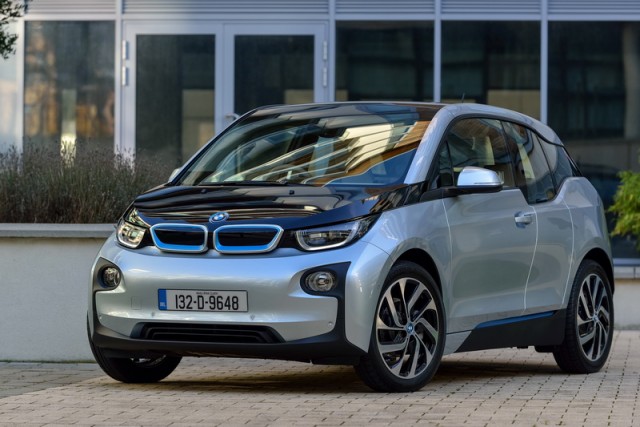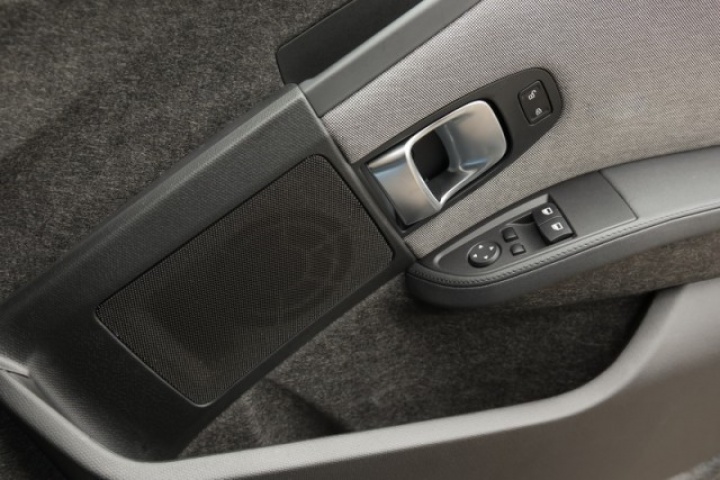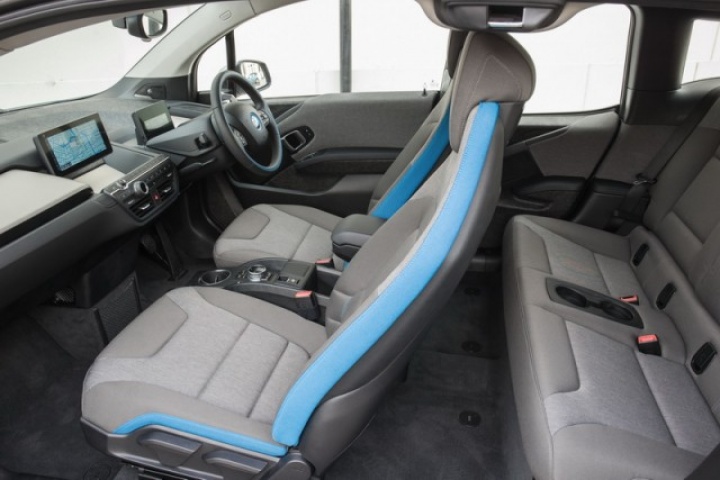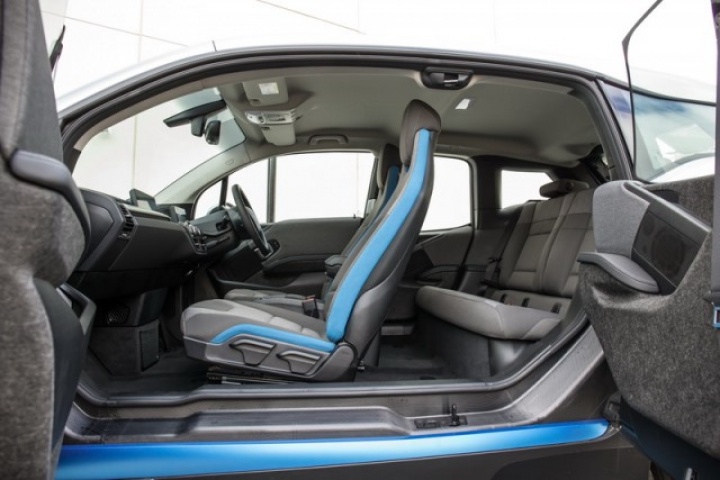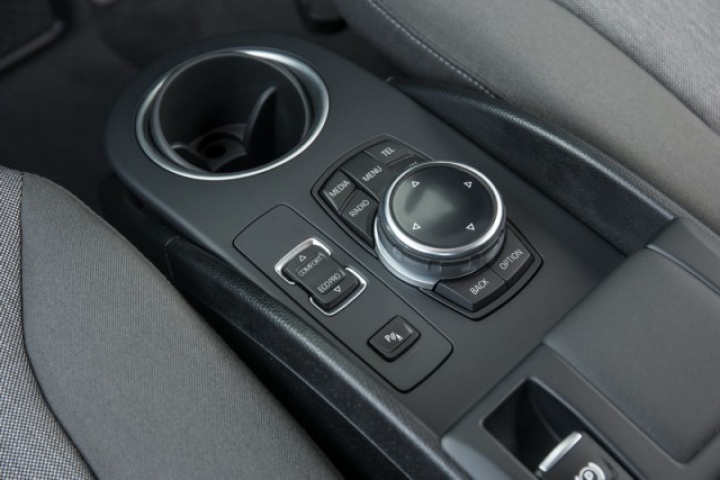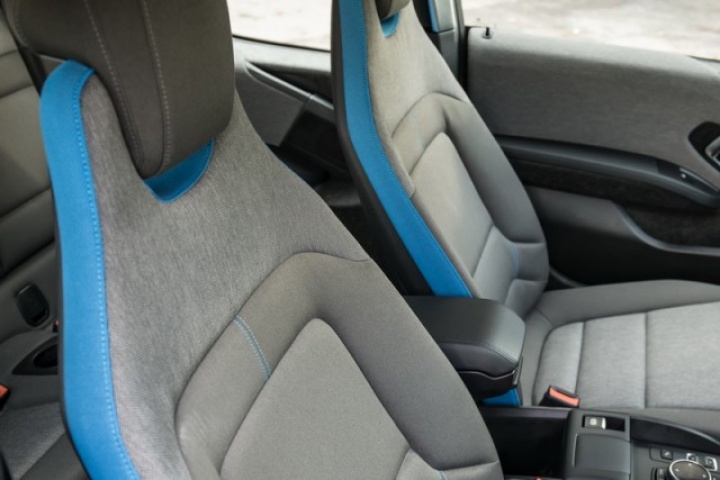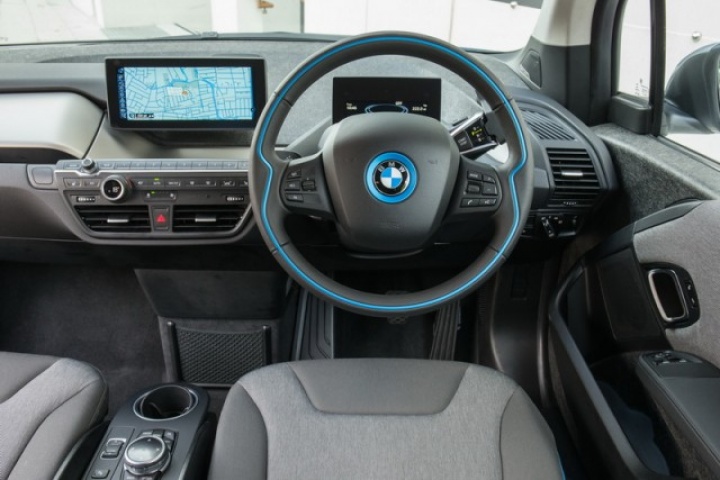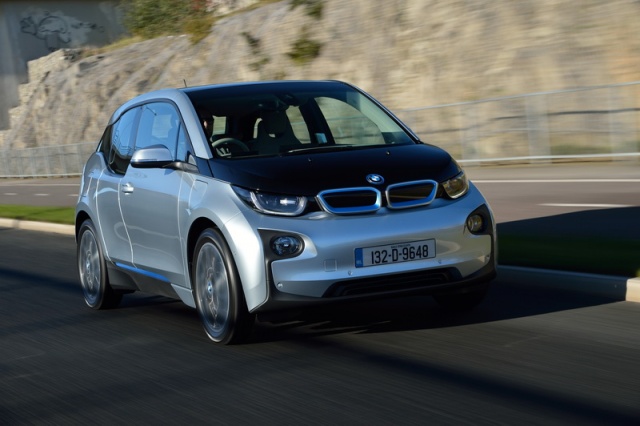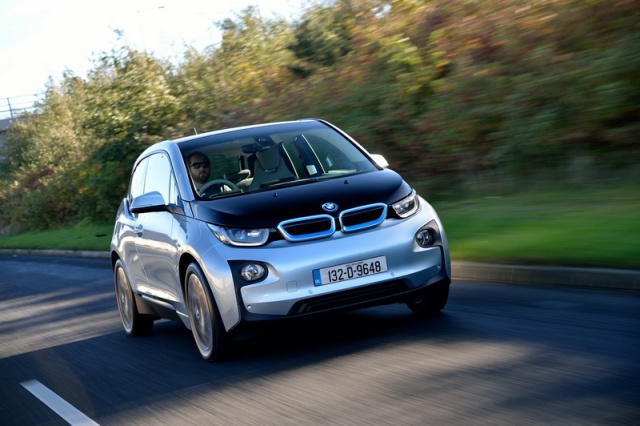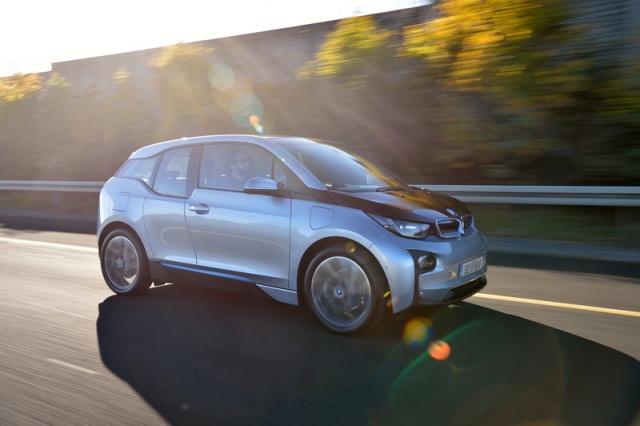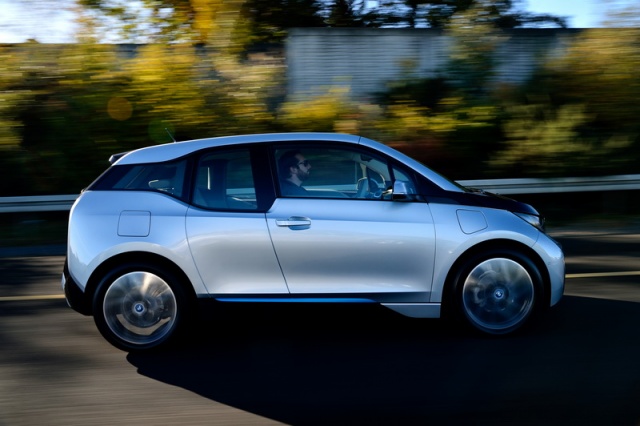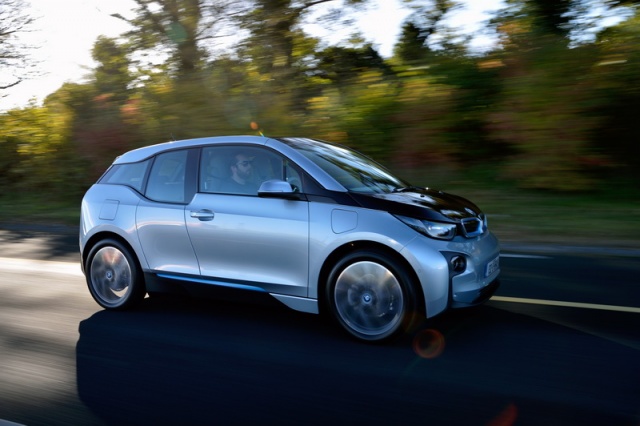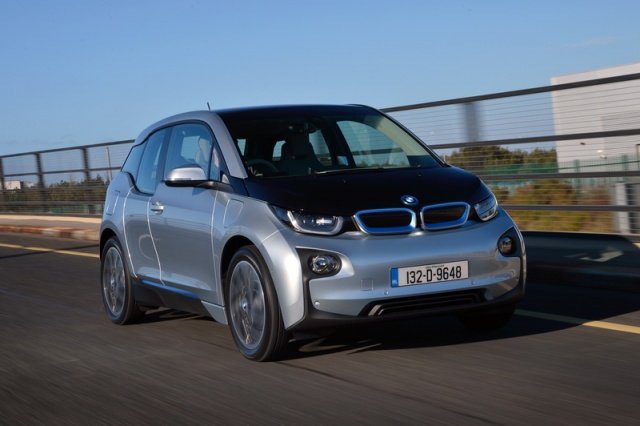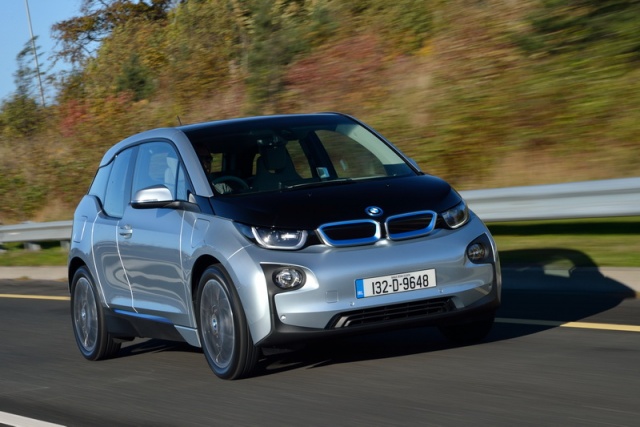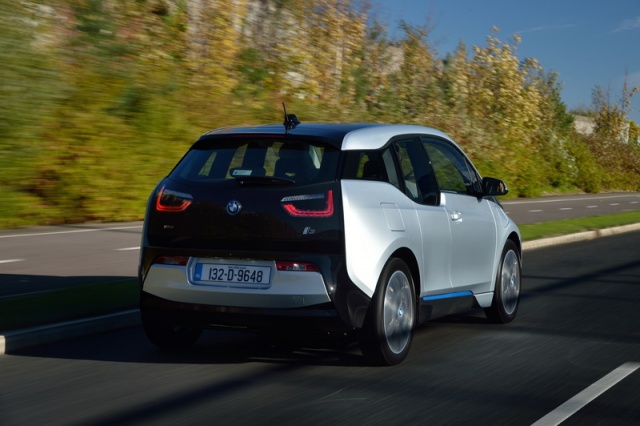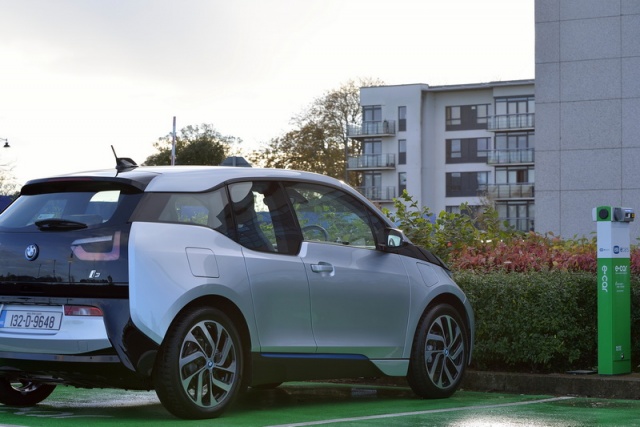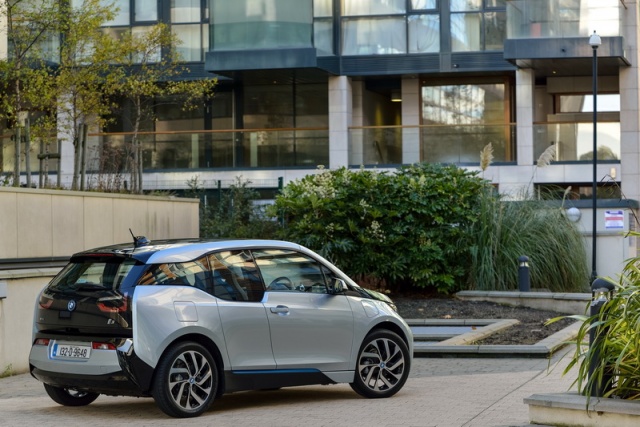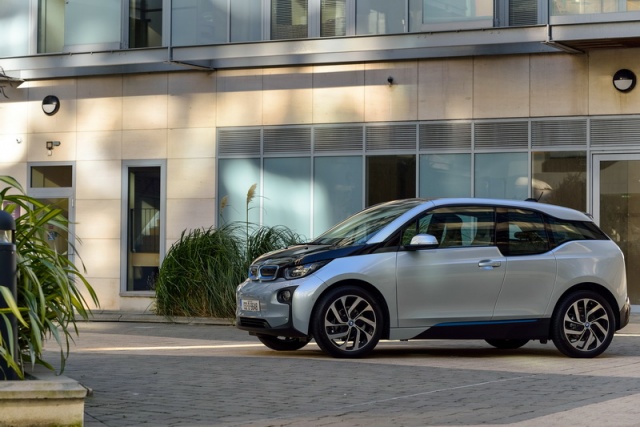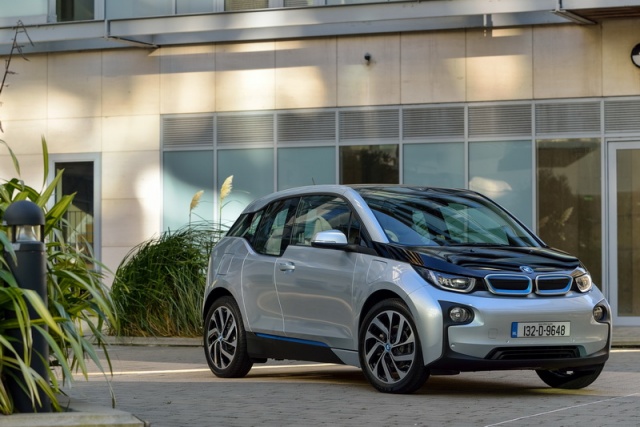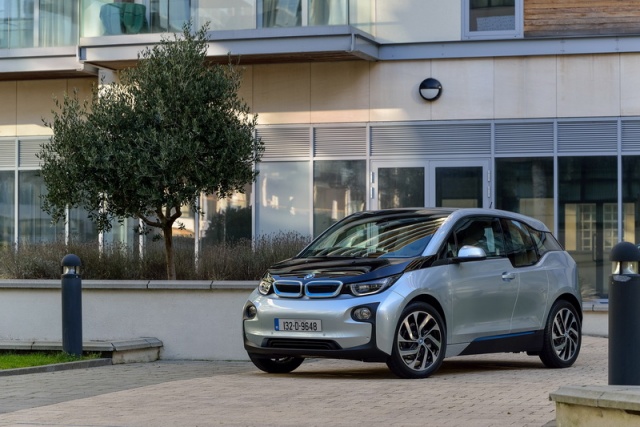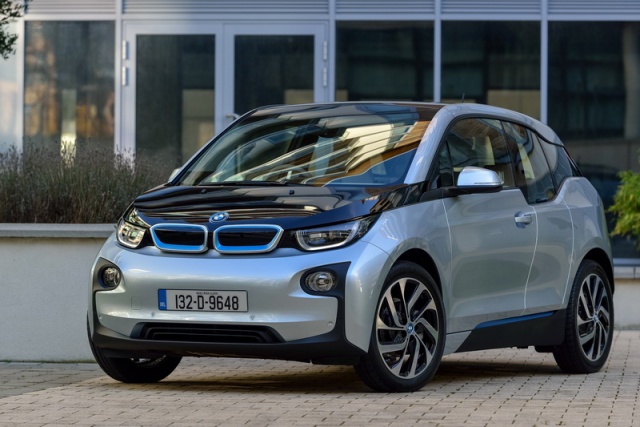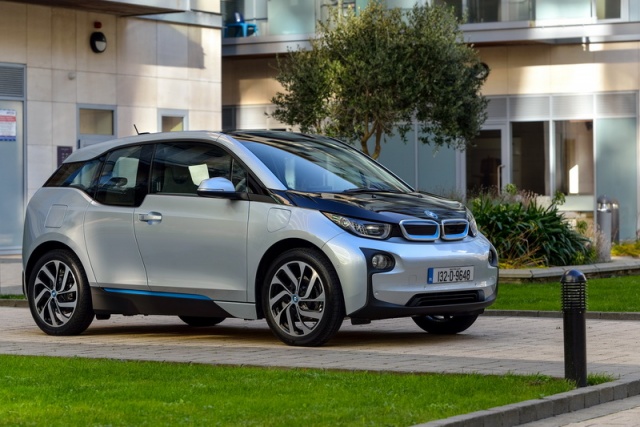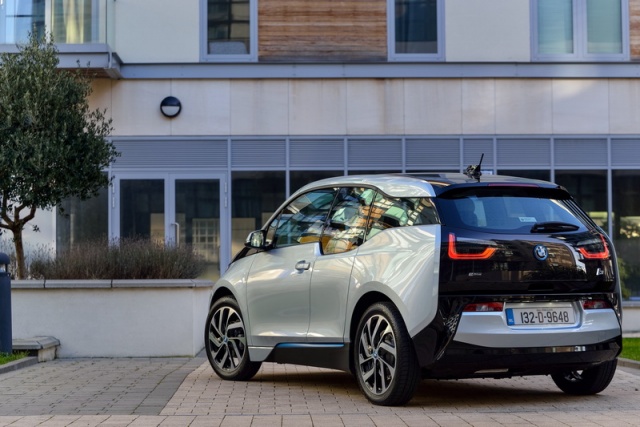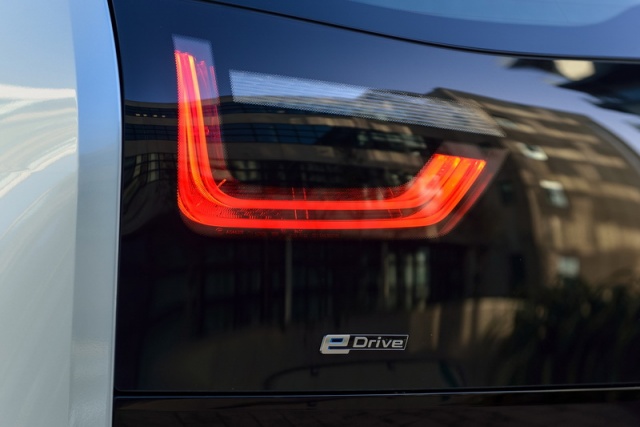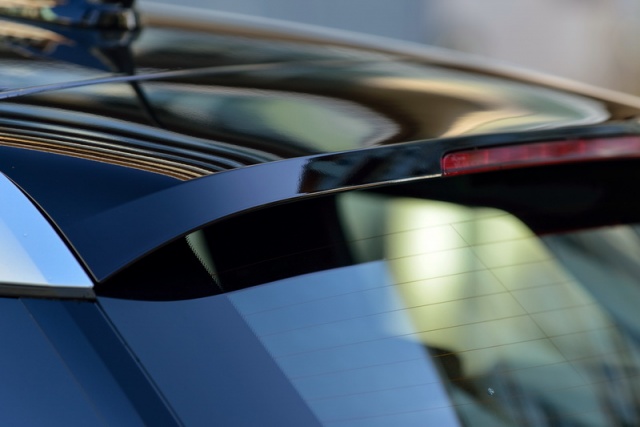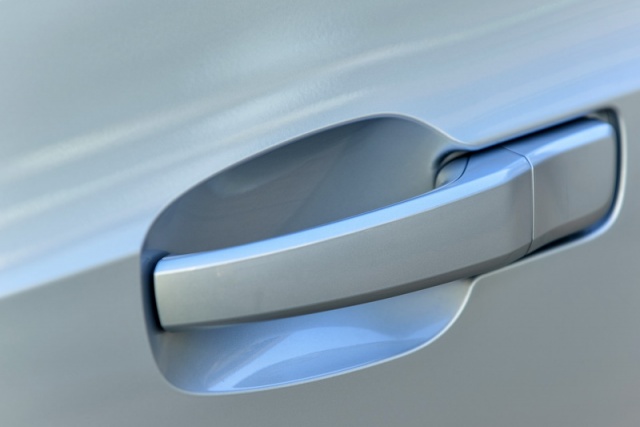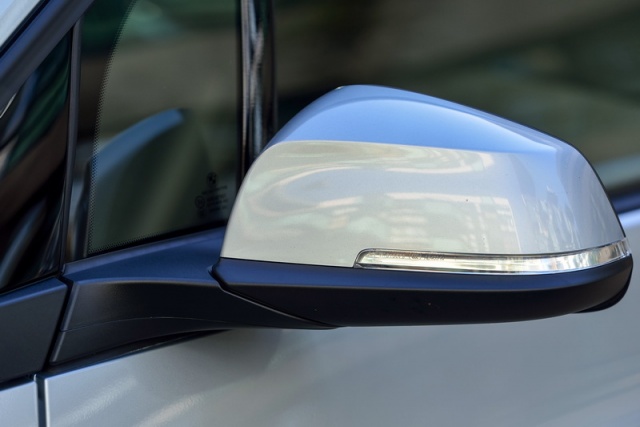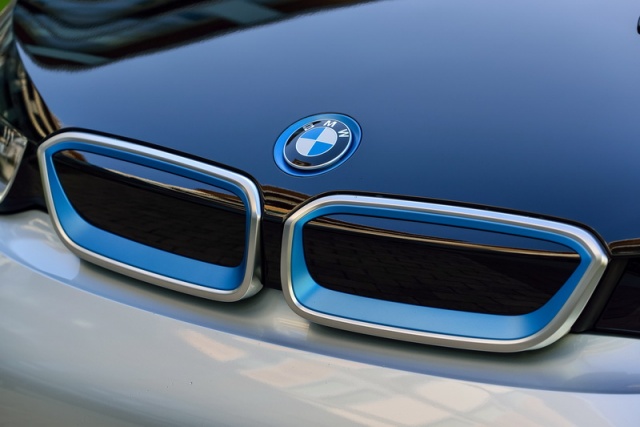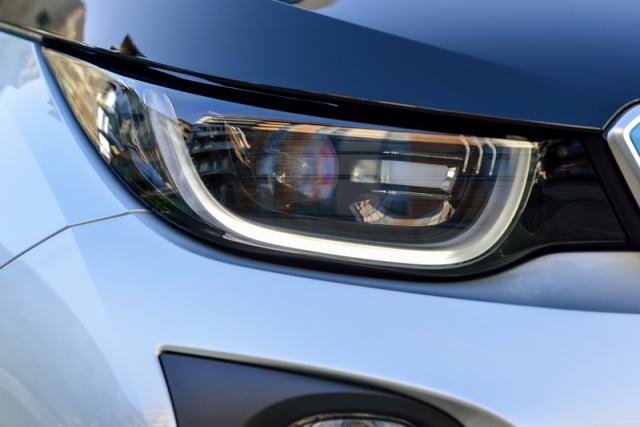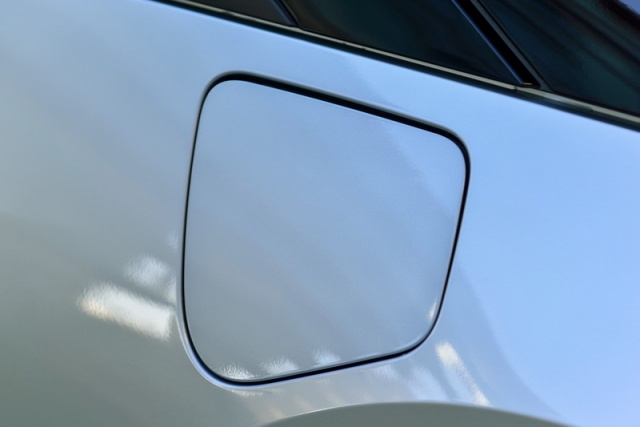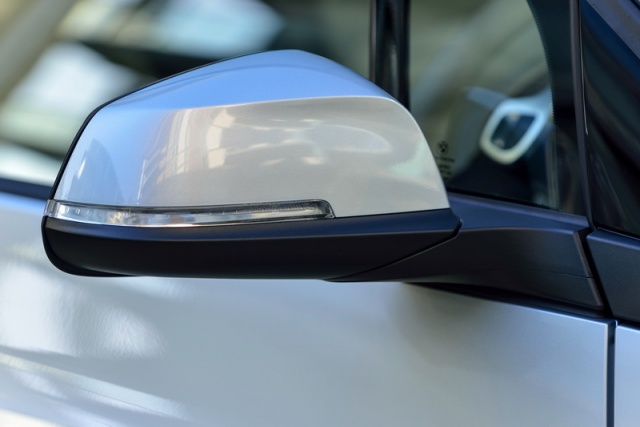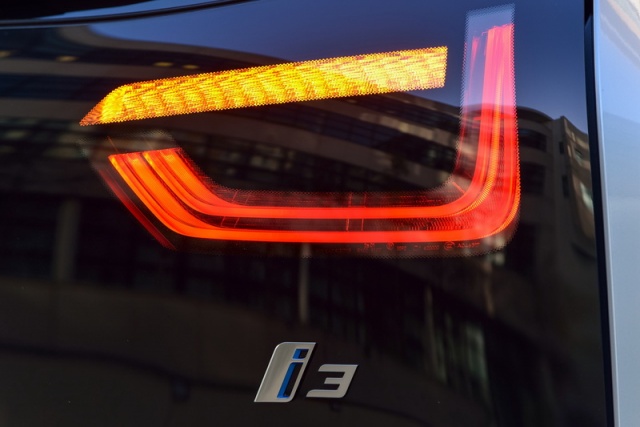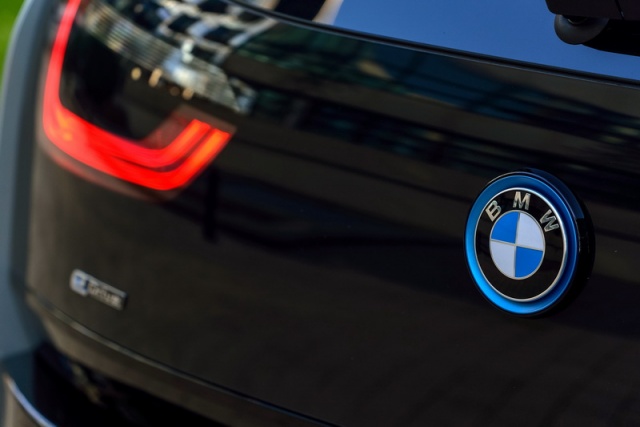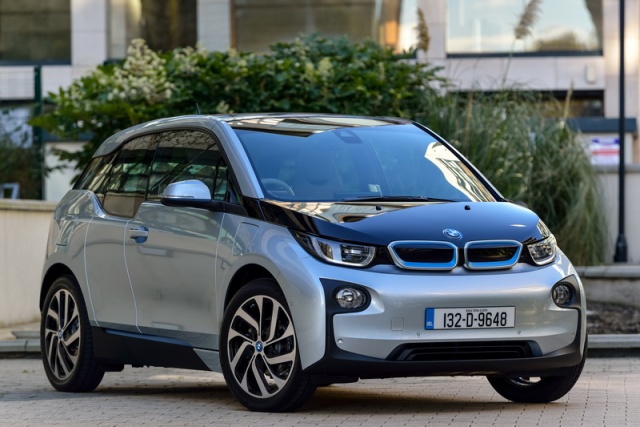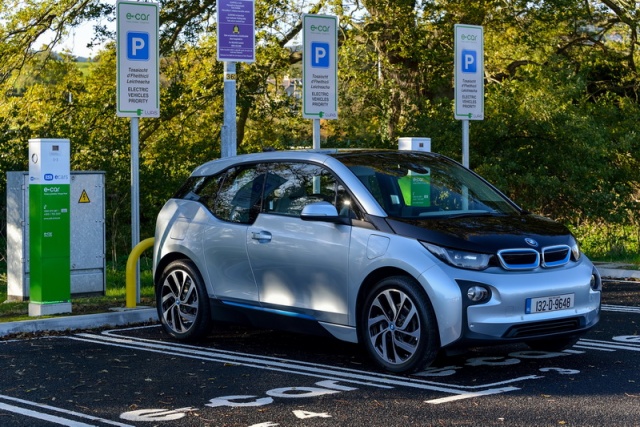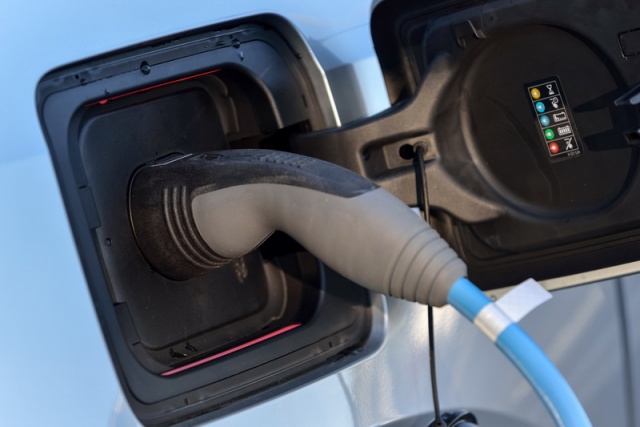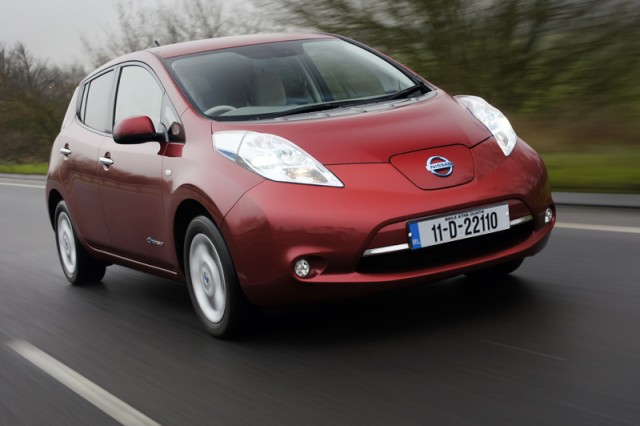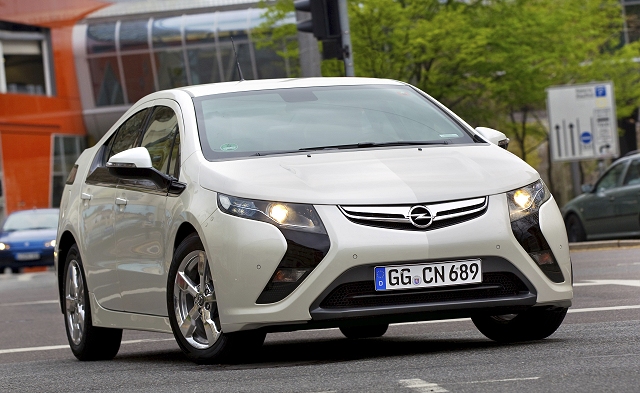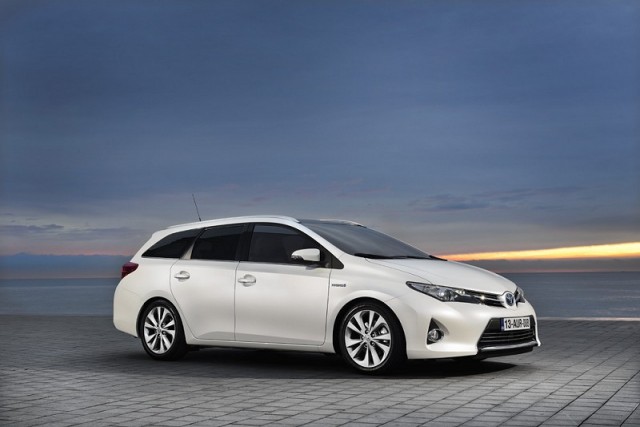Good: very high quality feel inside and out, impressive drive and performance.
Not so good: range extender could do with a greater range, expensive purchase price for its size.
All too frequently these days automotive manufacturers profess to have invented/enhanced/created (delete where you see fit) the next great revolution in motoring. In many cases it is merely a misuse of the very word revolutionary, and at worst it is the result of a delusional marketing department. But then, a few times a decade, a truly revolutionary car comes along. And now, it's the turn of BMW to stand up and proudly count itself as a game-changer.
The BMW i3 is a compact, electrically powered car, which doesn't exactly sound revolutionary, but in terms of both form and function BMW has absolutely nailed the brief. It has looked at the problems associated with personal transport in built-up environments, studied the habits of its inhabitants and pushed the boundaries of its engineering and technical expertise to create what will undoubtedly be seen as a pivotal car in the German firm's history.
It is certainly one of the most divisively styled BMWs in the post-Bangle era leaving aside the similarities in overall shape to the born-too-soon Audi A2 - itself a ground-breaking car for its decade. The i3 is a car that demonstrates some clever packaging with design flourishes the likes of which usher in a new era of BMW design. With next to no overhangs at the front or rear, the city-car credentials are abundant. Seeing the car in person is oddly different to seeing it in images. It's larger than you'd expect. It is tall and rolls on 19-inch alloy wheels that are shod with surprisingly skinny 155/70 tyres.
Overall the i3 is a busy design whose abundance of lines, bends are curves are far from what we are used to seeing from BMW. From the contrasting two-tone paint to the back doors that are rear-hinged to reveal a large, B-pillar free aperture into the cabin. The doors also feature a large glass area and a distinctive design that some could see as a new interpretation of the Hofmeister Kink. Its short, stubby bonnet also incorporates a new interpretation of those iconic kidney grilles, which now exist merely for aesthetic reasons rather than functional.
Under the clamshell-like plastic bonnet isn't an engine, but a small storage compartment just big enough to carry a spare charging cable. In the i3, BMW designed a car that is built around a carbon fibre reinforced plastic (CFRP) passenger cell, which has allowed it to sandwich the batteries underneath the floor and within the wheelbase to the benefit of the car in two key areas: occupants can enjoy a completely flat floor free of drivetrain tunnels and, more importantly from a handling perspective, the centre of gravity is considerably lower.
This particular i3 is also equipped with the 657cc 'range extender' engine, which adds another dimension to the BMW. This compact petrol motor is located in the rear of the car, underneath the floor of the 260-litre boot and its sole purpose is to act as a generator to either maintain the battery level or to recharge it, thus effectively eliminating so-called ‘range anxiety'. With the range extender option you do gain an additional 140 or so kilometres, and as long as you keep filling up the nine-litre fuel tank in the front of the car you can prolong having to plug in and charge the car. The only downside to choosing this option is that you do miss out on half of the €2,500 VRT relief, meaning it will cost a private buyer €41,040 as opposed to €34,010 for the electric only version. A substantial enough price.
It is when it comes to driving that the i3 really proves itself as a game changer. Many electric cars give an enhanced perception of performance due to the lack or an audible engine, but the i3 really is noticeably swifter than any of the other mainstream electric cars currently on the market. From a standing start the i3 silently hits 100km/h in just 7.9 seconds, though it feels faster than that.
Unlike some of the current batch of electric vehicles on the market, the i3 feels well sprung, coping well with poor road surfaces where others would feel unsettled and less refined. This adds to the special feeling of the interior, which despite having some familiar BMW switchgear, is like nothing before seen. The i3 is every bit as unique inside as it is on the outside.
The ‘floating' dashboard features a large central screen that displays all of the usual iDrive functionality, as well as showing the relevant drive and power status of the car. In front of the driver, in place of a traditional binnacle, there is a smaller free-standing screen that relays all the necessary information relevant to the driver, including real time data as to how much charge is being used or regenerated.
Depending on which driving mode is selected - be it Comfort, Sport, or EcoPro - the amount of energy recuperated under either lift-off deceleration or braking can be increased or decreased. Similarly, users can adjust the amount of power under their right foot, which can aid performance but will of course have an impact on the driving range. These modes can be selected and changed at any time while driving too and though the differences are noticeable, none of the modes detract in any real way from the sheer enjoyment of driving the i3.
This is where BMW has really excelled itself. It is obvious that a lot of work has gone into the fine-tuning of the i3's chassis, suspension and steering in order to deliver an experience that many rear-wheel drive BMW owners are accustomed to. Of course the i3 isn't just aimed at existing BMW customers, and given the huge amount of attention this car garners when out in public it could prove to be a hit in many markets.
What BMW has done is make the electric car a truly desirable product on an aesthetic level as well as a practical one. It oozes the kind of want that Apple seems to generate so well and when you drive it for the first time it gives you a similar feeling to the first time you ever used an iPhone - you feel like the future has arrived.

